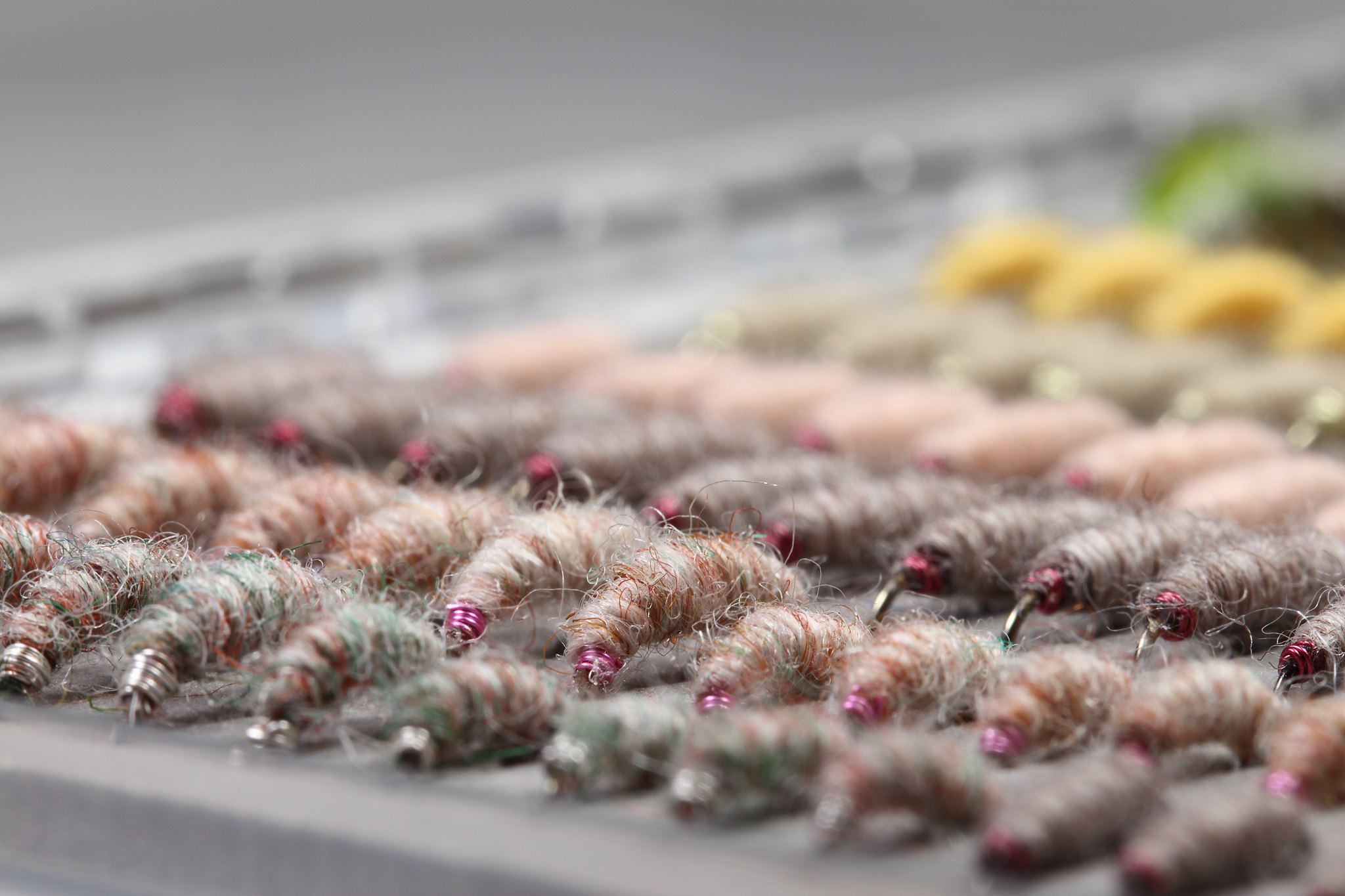 |
| My killer bug box |
The grayling population in my club river is sparse and localised, as such it is hard to go out for a day and specifically target them. When I do fish for them, the Utah Killer bug catches it's fair share and not just on my limestone club river, it has caught me many fish on Northern freestone rivers, but don't be fooled, this isn't just a fly for grayling as proved by some superb trout caught this year, including a 17" trout from a coarse section of my club river that was captured on film.
To tie my version of the UKB you need only two materials; 0.20mm pink wire and oyster coloured Jamieson's of Shetland Spindrift wool. I have found the best size for this fly is 12, although I do tie them in 14's. The wool can easily be purchased directly from Jamieson's themselves of through fly tying material stockists that sell smaller amounts, personally a whole ball represents much better value for money and you'll have more than enough to last as well as passing some on to friends.
Use a drop of superglue to secure the wire under-body and start wrapping the wire at around the two-thirds point back from the eye.
Wind the wire in touching turns to the eye. Take one long wrap back so the wire is at the one-third point on the hook shank and recommence the touching turns back around the bend. Once you have wrapped a second layer of wire covering the middle section of the shank, make another long wrap to the starting point of the wire and trap down the tag end. Helicopter the tag end off and make another couple of turns of wire and leave; the wire will not unravel. The under-body should appear to taper up from the eye to a thicker middle and taper back down at the end of the body.
Tie in a length of wool starting where the second layer of wire ends - keep hold of the tag end - wrap the wool to the eye, then wind the wool back towards the bend so there are two layers of wool. When you reach the tag end of wool trap it with one or two wraps of wool and cut off the excess. Continue to where the wire has been left and tie off the wool with four or five turns of wire working back towards the eye. Trim the remaining length of wool and cut the wire close; a drop of superglue on the wire will keep it from coming undone.
A quick simple tie and very effective. For more weight wrap a layer or two of adhesive lead and wind a single layer of wire starting at the eye.
Of course the proof is in the pudding; I wrote earlier about a 17" trout caught on film on the Utah Killer Bug, this fish had refused several flies including some that I consider to be very effective and one that rarely gets declined, the JP Pupa. Tying on the UKB more as a last gasp - not so much a last resort - but I was beginning to despair, thinking it would be long before the trout spooked and taking my chance and the other fish with it. Second cast and the trout tilted up and then shook it head as it tried to eject the fly, the video tells the whole story, from there on this season I started to fish the UKB much more, recently using it as a single fly on the end of a French leader during low summer flows, because it is tied with just copper wire it isn't too heavy to fish during drought conditions.
My biggest fish to date caught on a UKB is a grown-on stocked trout that measured 18 1/2" and weighed 2lb 13 1/2oz, this fish is a few miles down stream of where it was likely stocked and certainly wouldn't have been more than 12" when first stocked. The grayling fishing has been improving since the season started and of late they have far outnumbered trout, sometimes by a big margin; a recent afternoon trip with my friend Tom, saw us catch over thirty fish with grayling making nearly three quarters of the total catch - we both fished a single size 12 UKB on the end of a French leader, my preferred method at the moment.
I implore you to give this fly a go, of course you can experiment with different colour combinations - in fact I have just ordered a few new balls of yarn - the profile of this fly suggests that of a shrimp so think of the colours you tie your shrimp/scud patterns in - I'll be tying up some orange, bright pink, watery olive/grey as well as dark grey versions - you cant get any simpler.
Settling on three new colours, we chose a brighter pink, an orange and a sort of watery olive grey. As with the oyster blend these all change when wet, darkening up with an internal glow, especaially the orange. I have taken before and after shots so you can see what they look like dry and wet, the wire colours chosen best match the hue when the fly is wet, again using 0.20mm coloured copper wire from wires.co.uk.
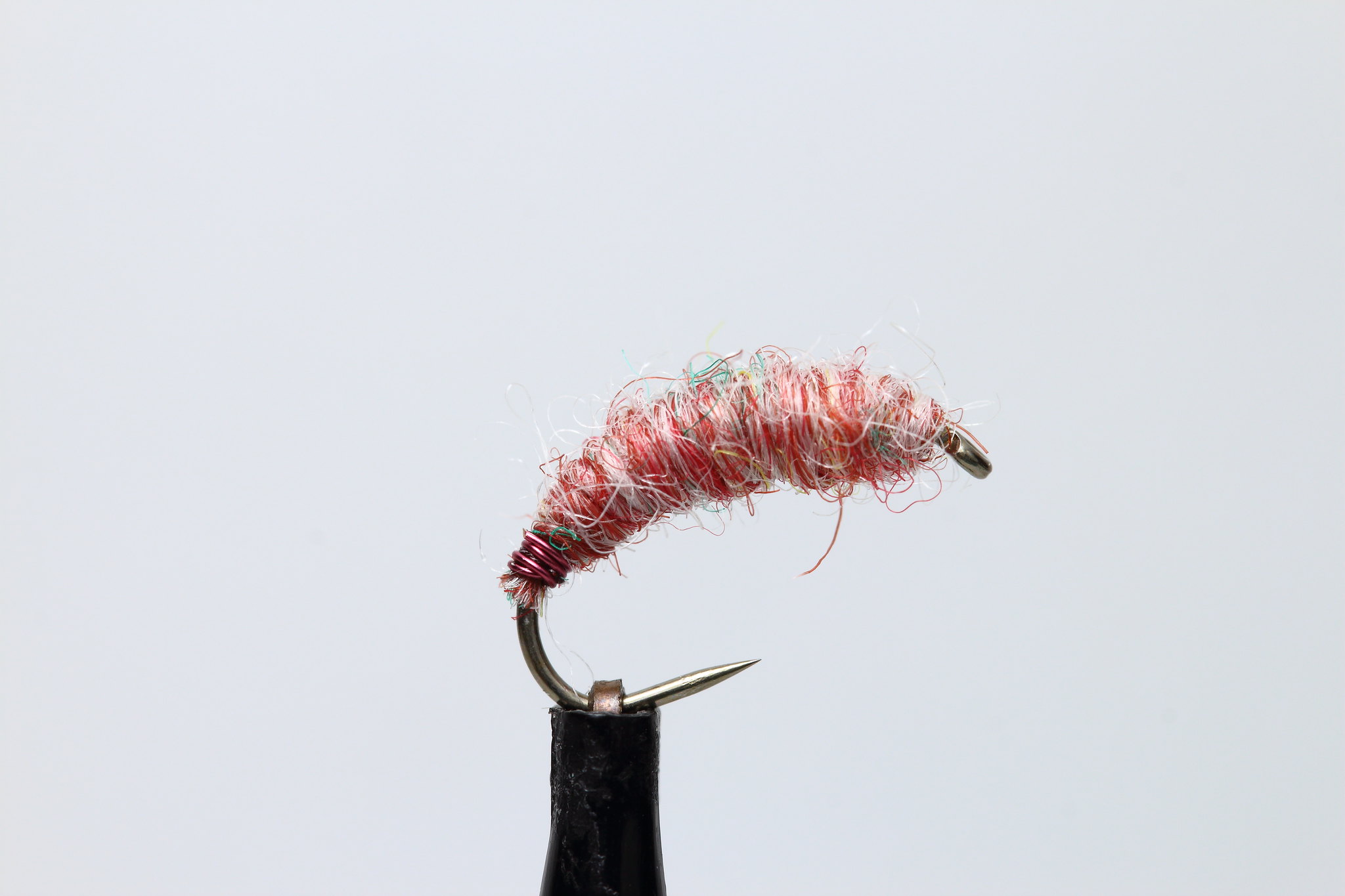 |
| Jamieson's Shetland yarn Salmon with Supasalmon wire |
 |
| Not much of a change when wet but the brighter darker pink could prove useful in coloured water |
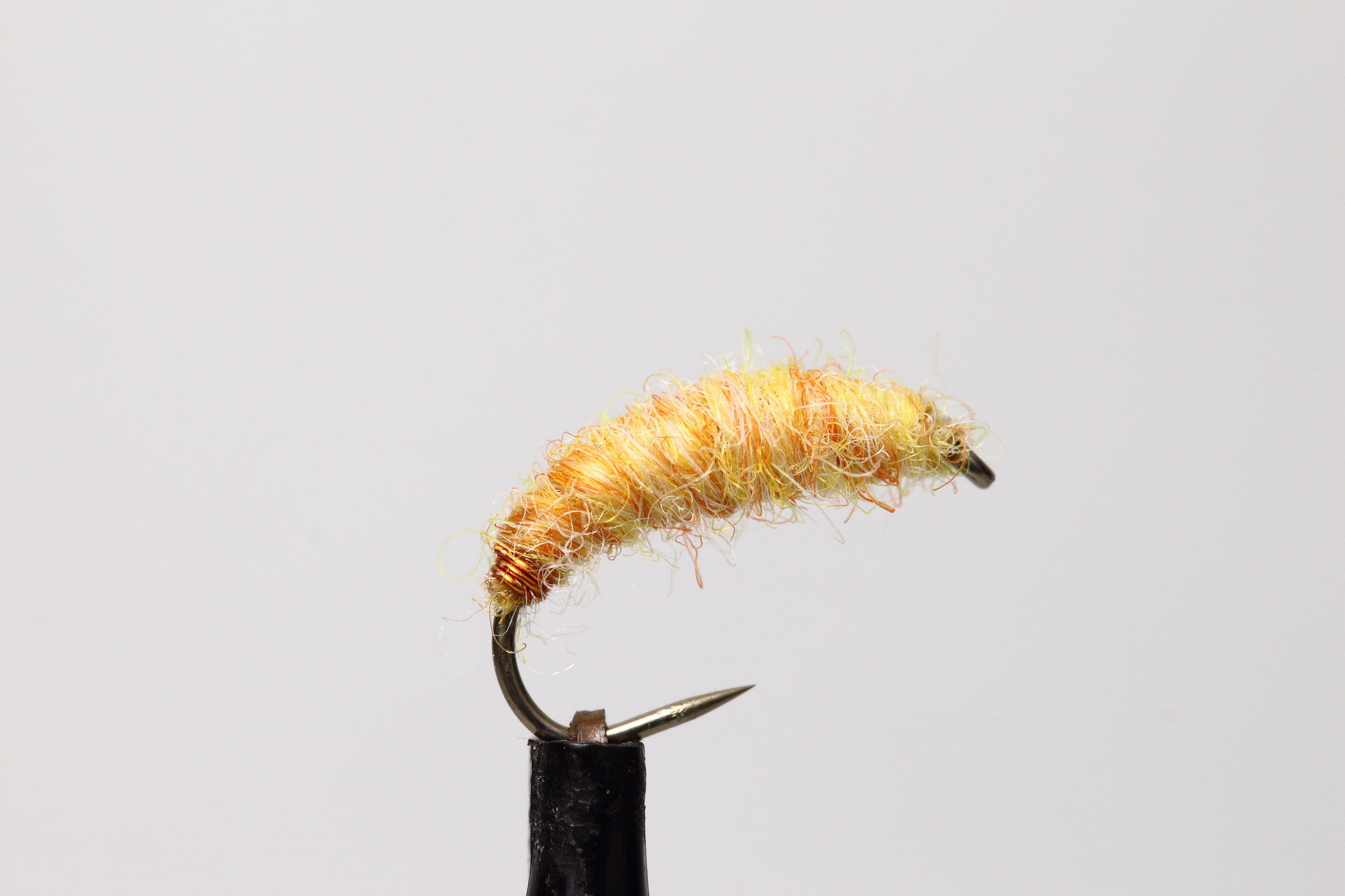 |
| Jamieson's Shetland yarn Buttercup with Light Gold wire |
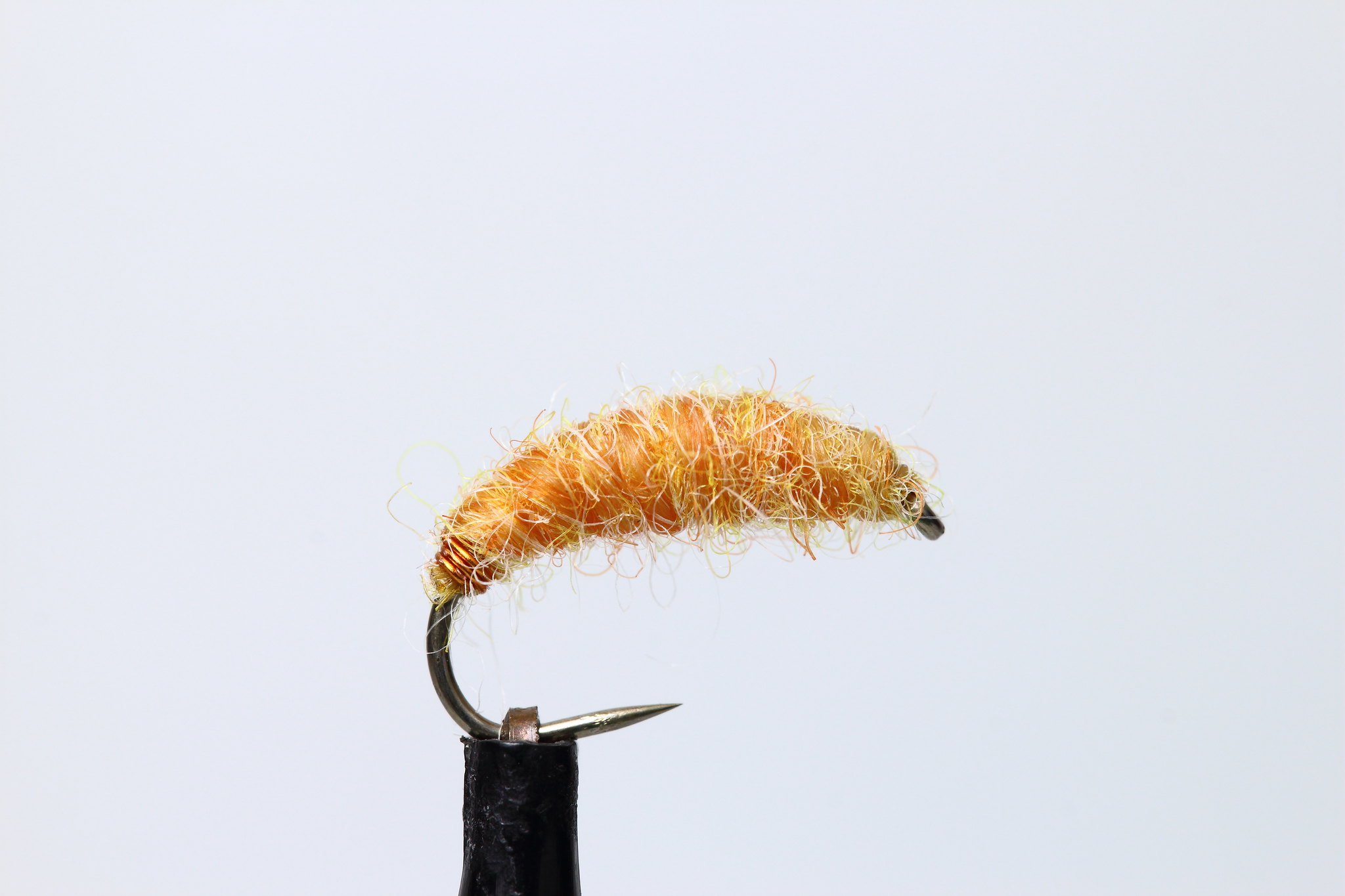 |
| I believe this will prove to be equally as useful as the oyster coloured original, I love the translucent glow this yarn provides when wet. |
 |
| Rye when wet, you can see slightly more of the olive tinge that we were looking for, I'm certain this will still catch. |

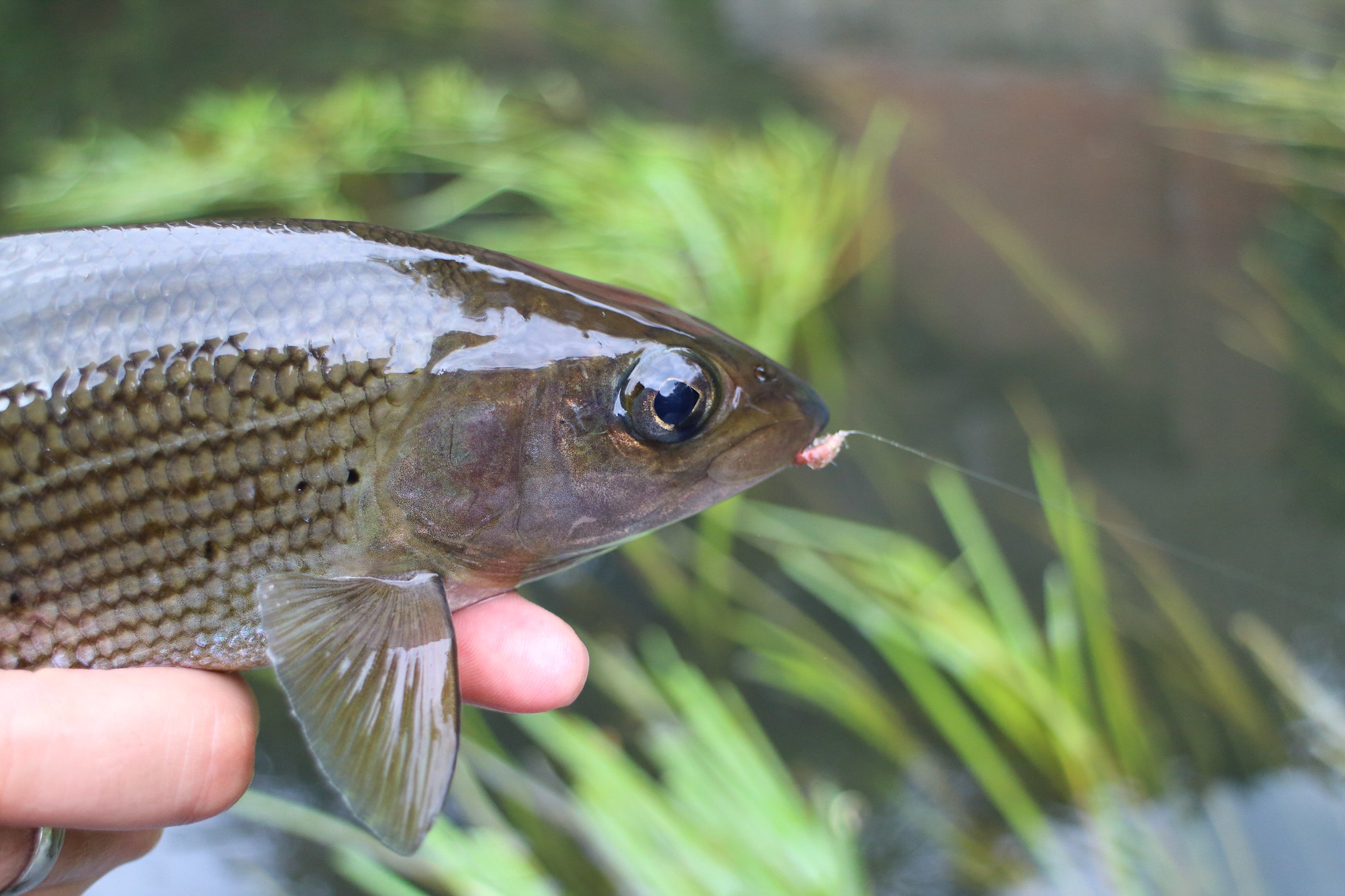
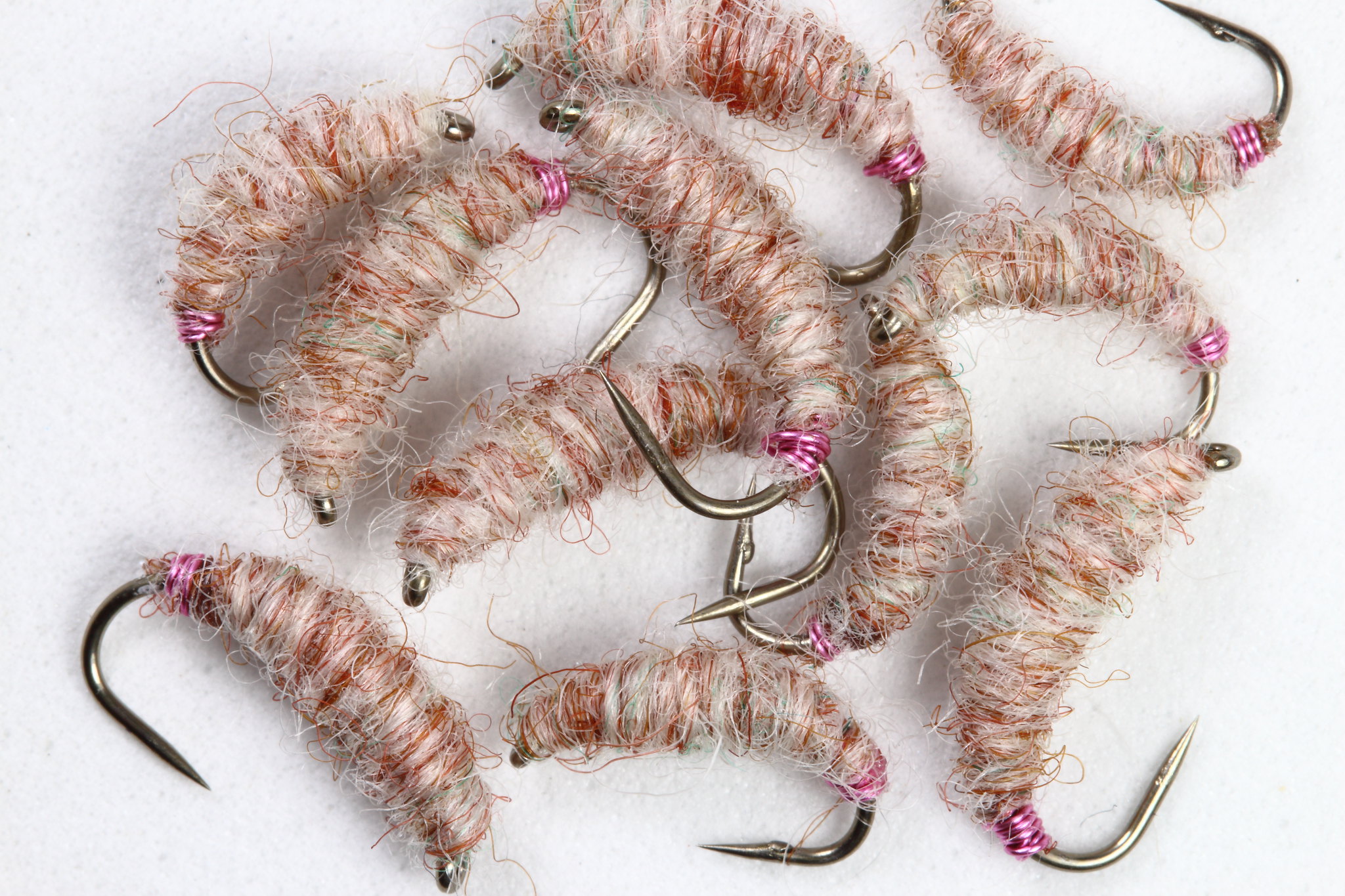

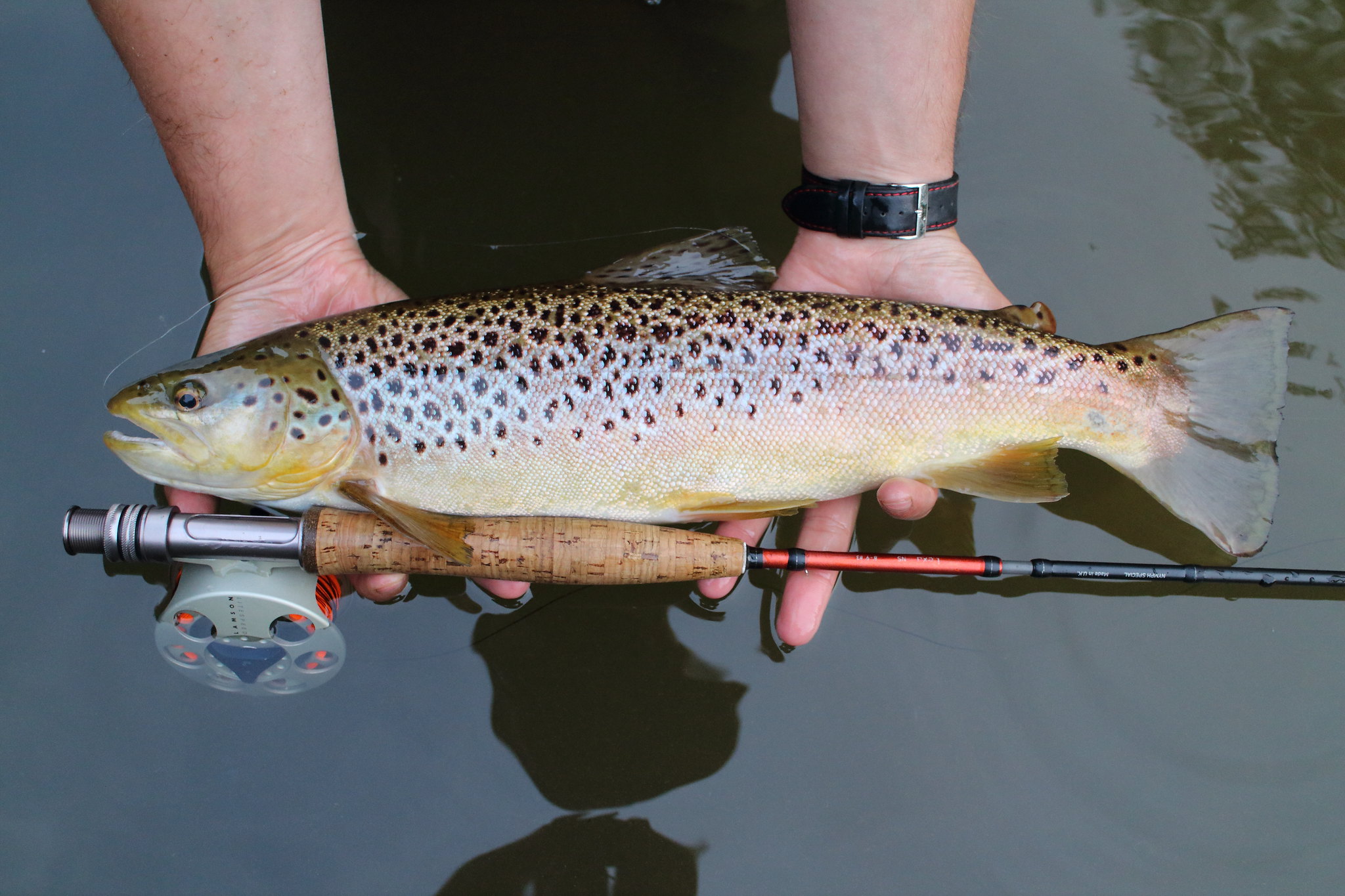
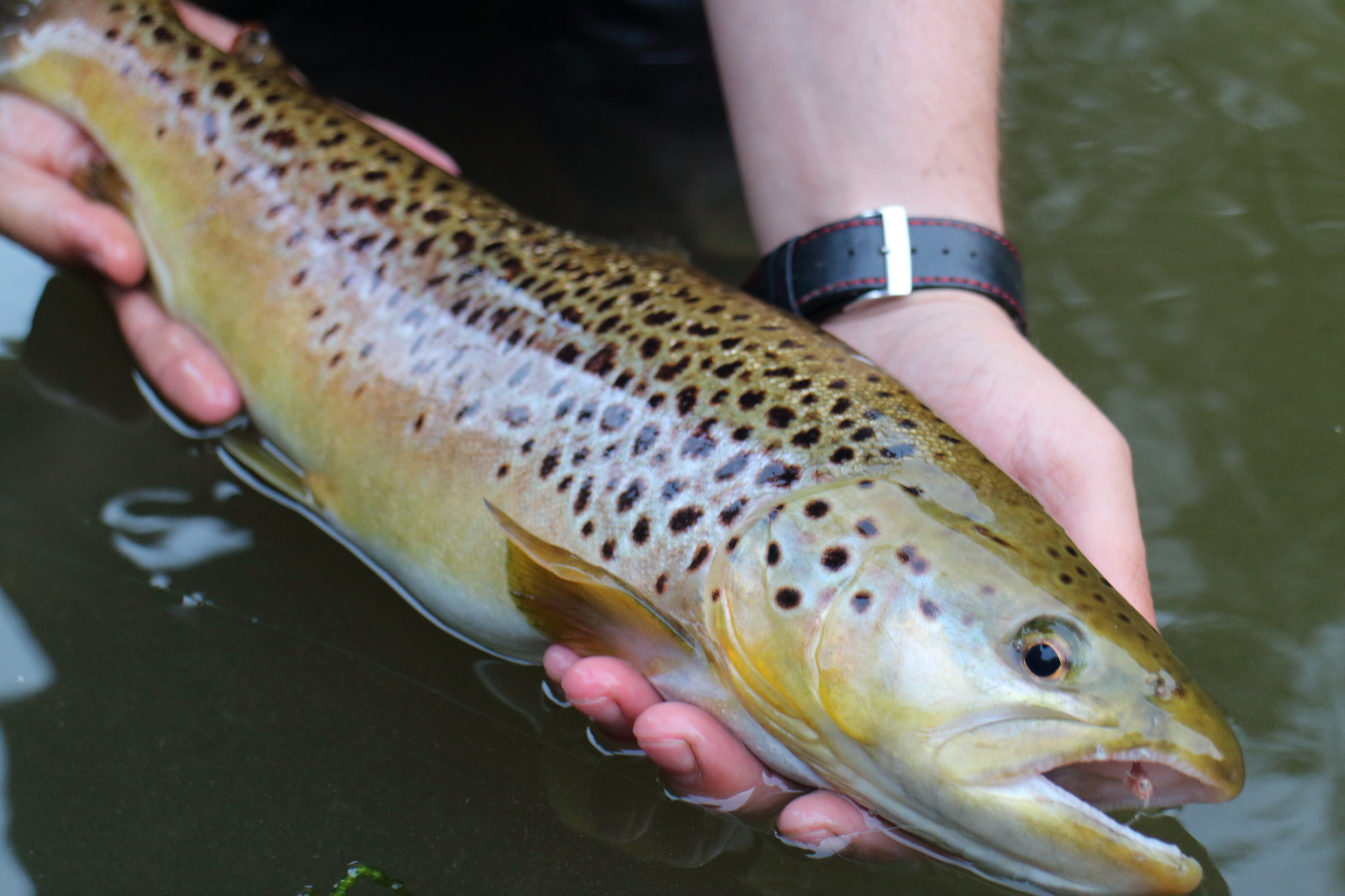
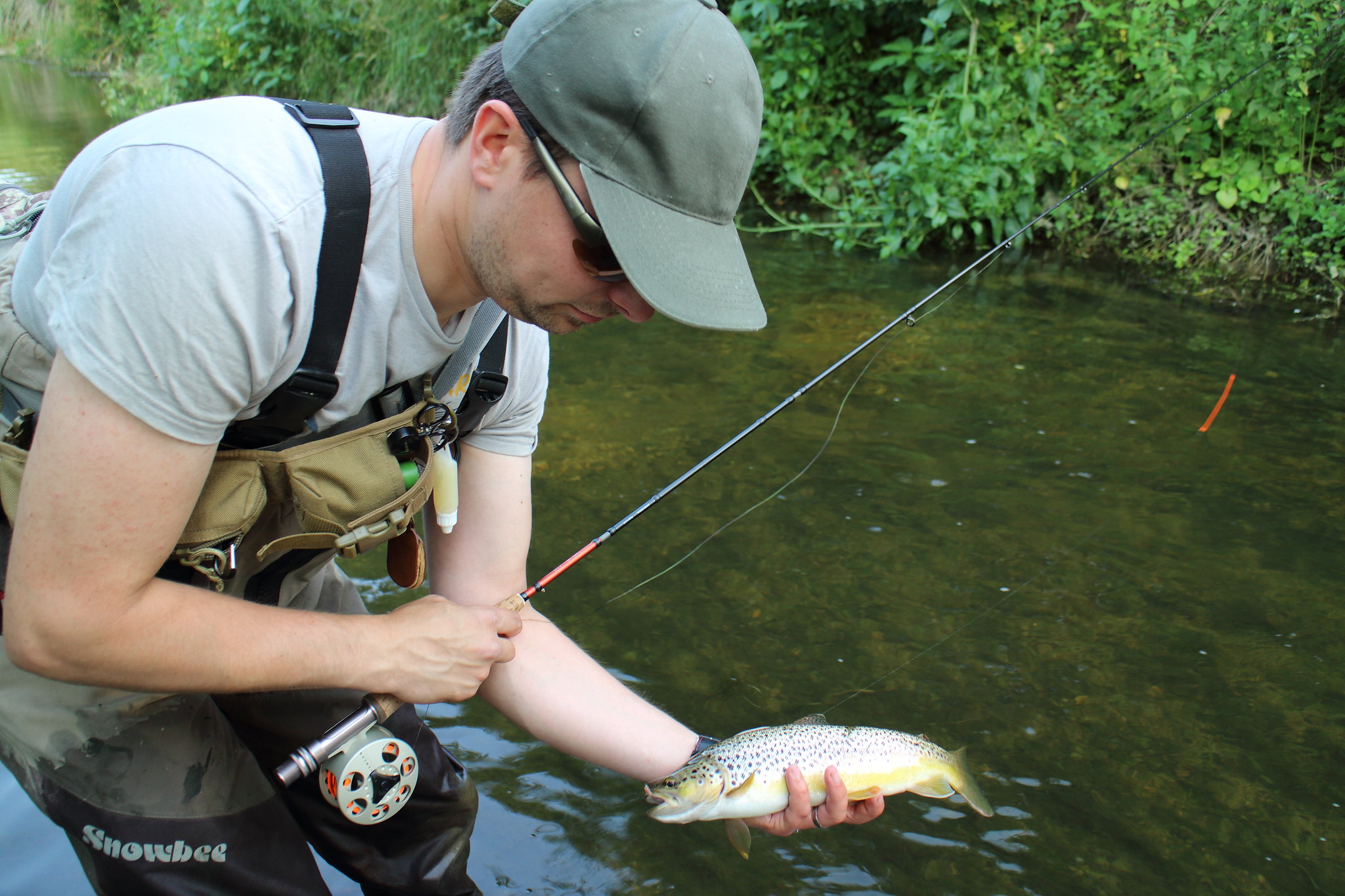
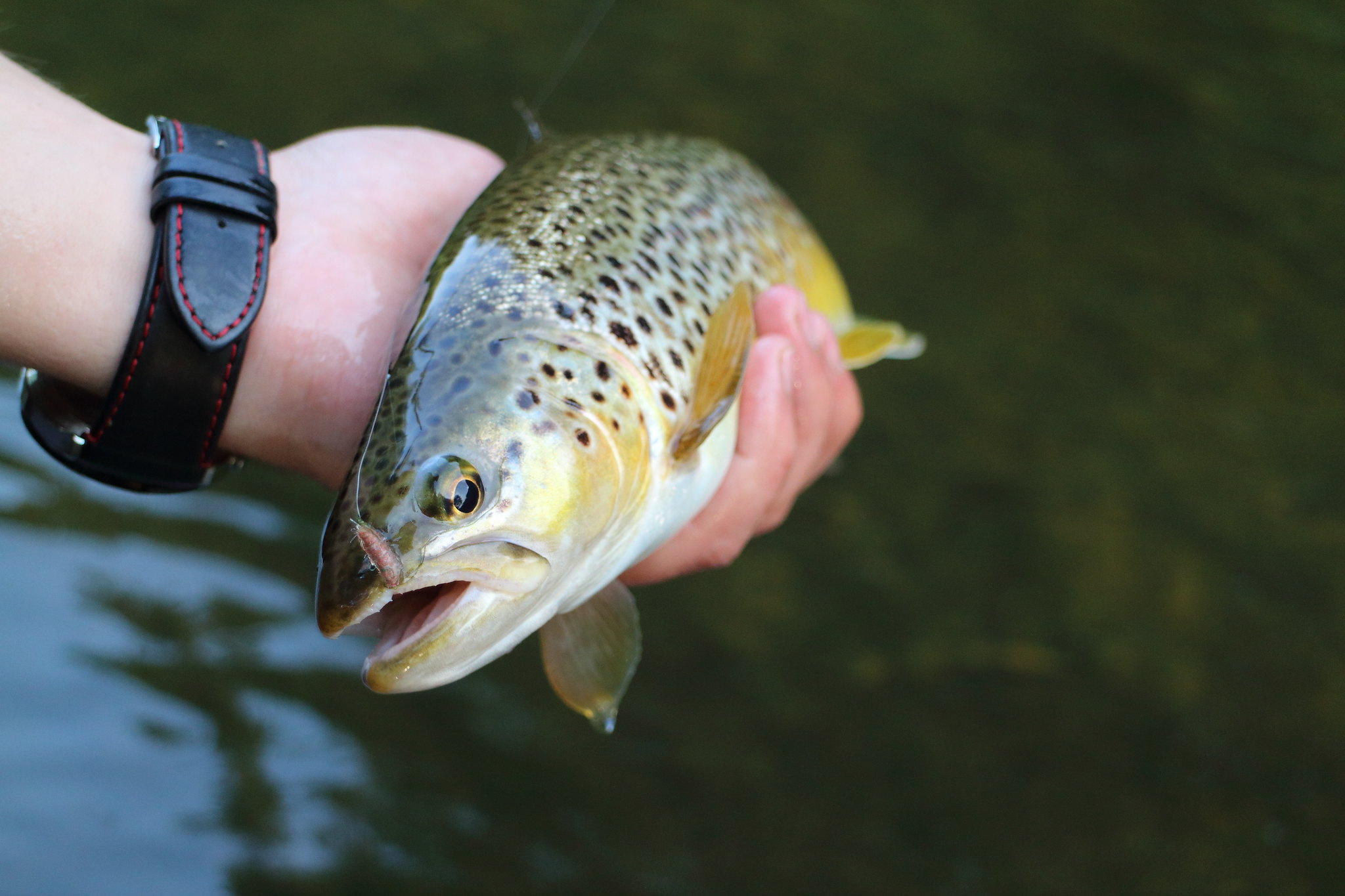
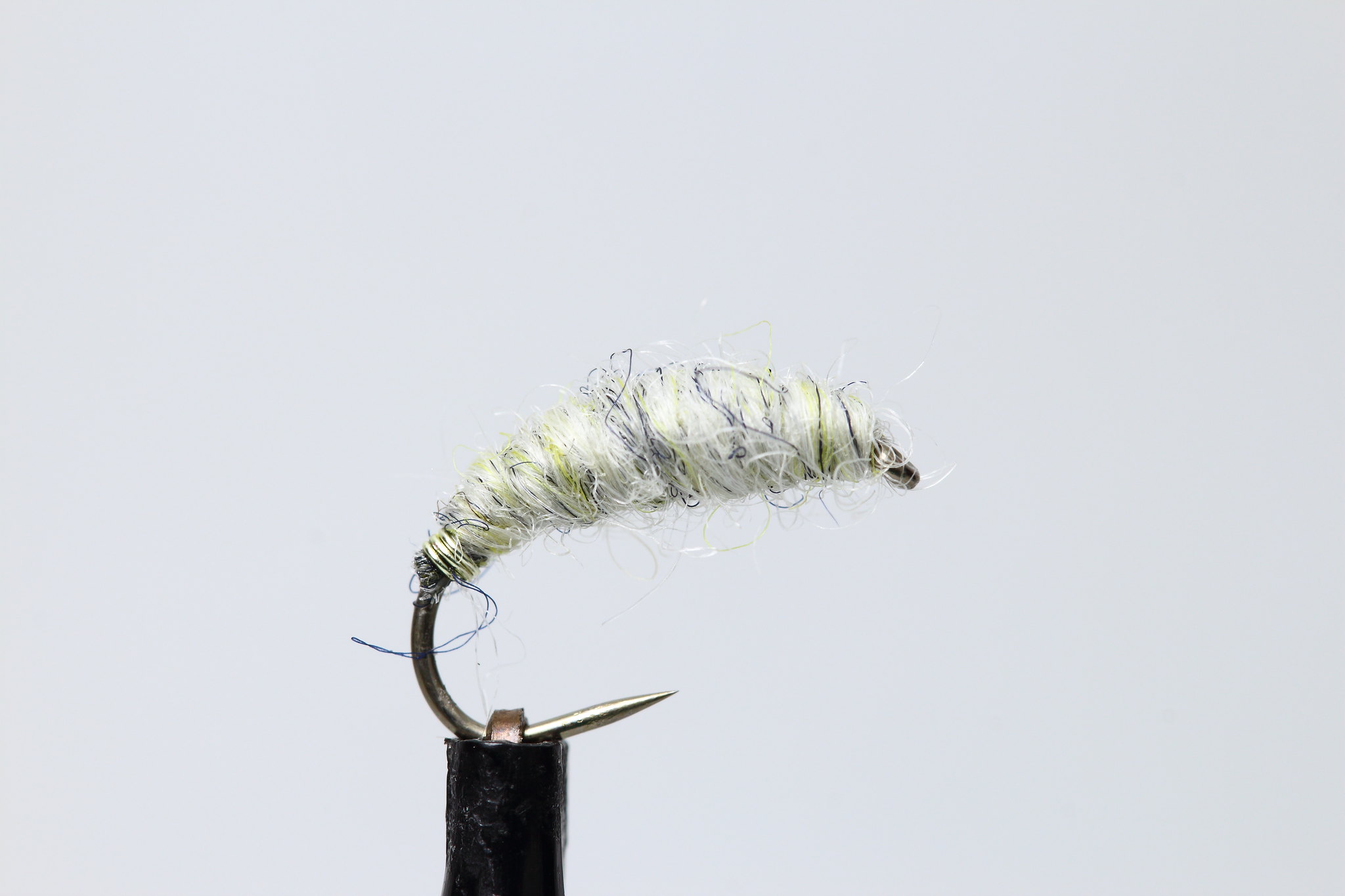
Well done. I have caught Bluegill and Crappie using the Oyster 290 color.
ReplyDeleteI just tied a couple of ukb. Is brown a good cololor for them?
ReplyDeleteI think with the rye wool, All you would need to do is rough up the underside for legs. With the twisting of the wool to tighten it, and the winding around the hook, it gives a look of a shell on the outside.
ReplyDelete